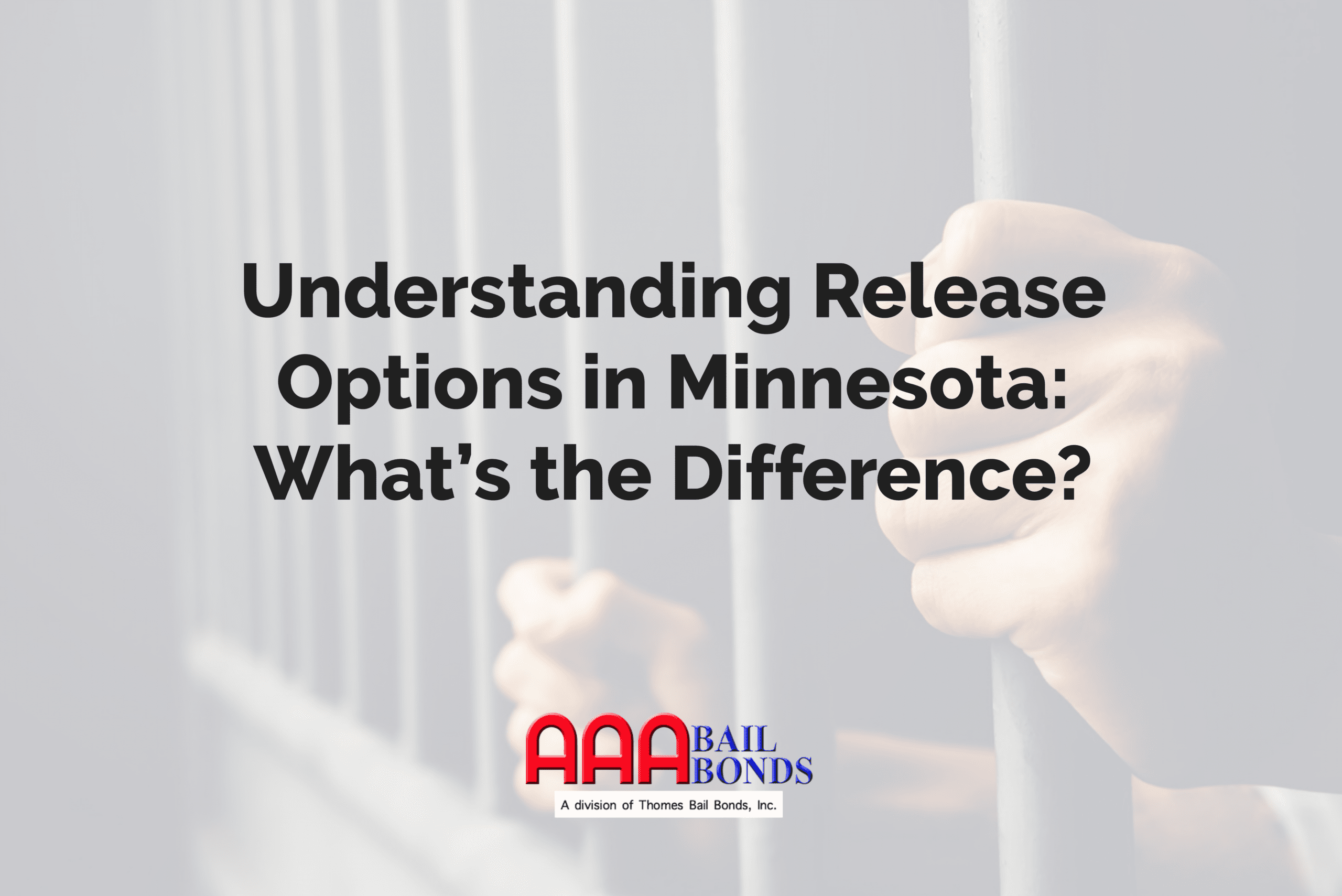The Evolution of Bail Bonds
Have you ever wondered how bail bonds came to be? Bail bonds are an integral part of our legal system today and are rooted in centuries-old history. This service supports the presumption of innocence until proven guilty and ensures that defendants can continue with their lives and prepare for their day in court. Understanding their roots provides insight into how bail bonds have evolved into the essential service they provide today.
Early Beginnings and Legal Foundations
 The use or concept of bail originated in ancient Rome and Greece, where they were used to release people awaiting trial. The practice involved one person indemnifying that the individual in custody would return to their court dates and for sentencing. This was often guaranteed by title, property, valuables, or other forms of collateral or payment.
The use or concept of bail originated in ancient Rome and Greece, where they were used to release people awaiting trial. The practice involved one person indemnifying that the individual in custody would return to their court dates and for sentencing. This was often guaranteed by title, property, valuables, or other forms of collateral or payment.
The concept of modern bail can be traced back to 13th century England. People accused of crimes could secure temporary release from jail by providing money or property to the court as collateral, similar to the process found in ancient Rome and Greece.
The Statute of Westminster in 1275 marked a pivotal moment in shaping bail practices in England. This statute outlined which crimes were eligible for bail and established guidelines for its use. Over time, the bail system grew to include bonds, where third parties, known as
bondsmen, would provide the financial guarantee for the accused in exchange for a fee. This practice eventually spread to other countries influenced by English common law, including the United States.
The more common processes of a monetary guarantee or an entity indemnifying the return of an accused person, began in 1670 when the English Parliament passed the Habeas Corpus Act, among other provisions, which established that magistrates would set and create terms for bail. The 1689 English Bill of Rights would set restrictions against excessive bail. This later inspired the Virginia State Constitution and the Sixth and Eighth Amendments to the Constitutuion.
Bail Bonds in America

Stich, Abbildung, gravure, engraving : 1883
The concept of bail bonds originally mirrored the system used in England, and as the legal system in the U.S. developed, so did regulations and laws surrounding bail bonds, such as the Judiciary Act that was passed in 1789, which not only gave outline for Federal and District Courts, but provided that all “noncapital offenses” were bailable. Bail for capital offenses was left to the discretion of the Judiciary.
Between 1789 and 1966, there was little change in the United States bail law. It is during these years that the privatization of bail bonds became a more viable option, and private entities began forming to fulfill this need. This was relevant as a means to relieve jail populations and ensure accountability of a defendant returning to court with little to no financial burden on the State and Federal Governments.
The Bail Reform Act of 1966 was passed by the United States Congress. This federal legislation aimed to standardize bail practices and ensure that bail decisions were based on factors such as flight risk and public safety rather than financial means alone. The commercial bail industry at this time had grown to encompass companies and even the requirements of financial institutions to back a commercial bail entity and the risk they were guaranteeing. States began imposing their own regulations, and in some instances would require some sort of authority granted by the State to allow for the operation of providing bail.
In the 1978 law review by Dr. Virgil L. Williams of The University of Alabama, titled “Nine Reasons To Go Slow On Bail Bond Reform”, Dr. Williams states “The bail bond industry, like other segments of the private sector of our economy, arose in response to a need for its services”. This reflects how throughout history, processes and programs were created to hold individuals accused of a crime accountable for their return to court. The use of bail, or indemnified release, has offered methods for all people accused of a crime to afford their release pending trial, while their accountability is often overseen by an assigned party, or monetary guarantee.
In 1984, the Bail Reform Act was passed, which replaced the original 1966 Act. This new reform allowed for the release of higher risk defendants; but also, established bail hearings for all defendants facing prosecution as a way to ensure the Eighth Amendment of the Constitution was being adhered to. This established a greater need and enhanced the importance of the bail bond industry, and encouraged a greater relationship between bail agents, courts, and law enforcement.
From 1984 to current day, the commercialization of the bail industry remains largely accepted in the United States, despite significant opposition from several politically biased advocacy groups. The bail industry has evolved within each state, requiring licensing, continuing education, or other regulations to ensure the professionalism of the industry.
From 1990-2004 and being published in 2007, the U.S. Department of Justice released a special report outlining failure to appear rates, pretrial misconduct rates, and the percentage of fugitives and rearrested fugitives. The study showed that 19% of defendants released on a
Surety Bond (commercial bail) remained in fugitive status after failing to appear within one year. In comparison, other forms of pretrial release had an average fugitive rate of 30-36% after one year. This reflects the success of the bail industry and their ability to hold defendants accountable if they fail to appear, at little to no cost to the State.
When a bail bond is posted, the bail agent will often offer resources or referrals for defendants to break the cycle of addiction and receive help for mental health disorders. By providing these types of support, the likelihood of defendants will violate their release conditions or commit new crimes are significantly reduced. By addressing the challenges and causes of habitual criminal activity, addiction, and mental health disorders, while offering an affordable means of release pretrial, the system gives defendants the best chance to escape the cycle of being trapped in the criminal justice system.
Though there have been opponents to the commercial bail industry since the 1950’s, the industry has continued to prove itself as the most effective method of guaranteeing the appearance of an accused person pretrial, at little to no cost to the taxpayer. Through the involvement of the private bail agent, an accused person has the greatest likelihood to be successful in rehabilitation, be less likely to commit a new or similar crime and will have the greatest chance of being located if they do fail to appear.
If you have questions about bail bonds or would like to learn more about them, AAA Bail Bonds tackles a variety of questions and topics in our FAQs section and in our blog. If you or a loved one needs help posting bail, don’t hesitate to contact AAA Bail Bonds. Our bail bondsmen are available 24 hours a day and can bail you out of jail any time, day or night.




